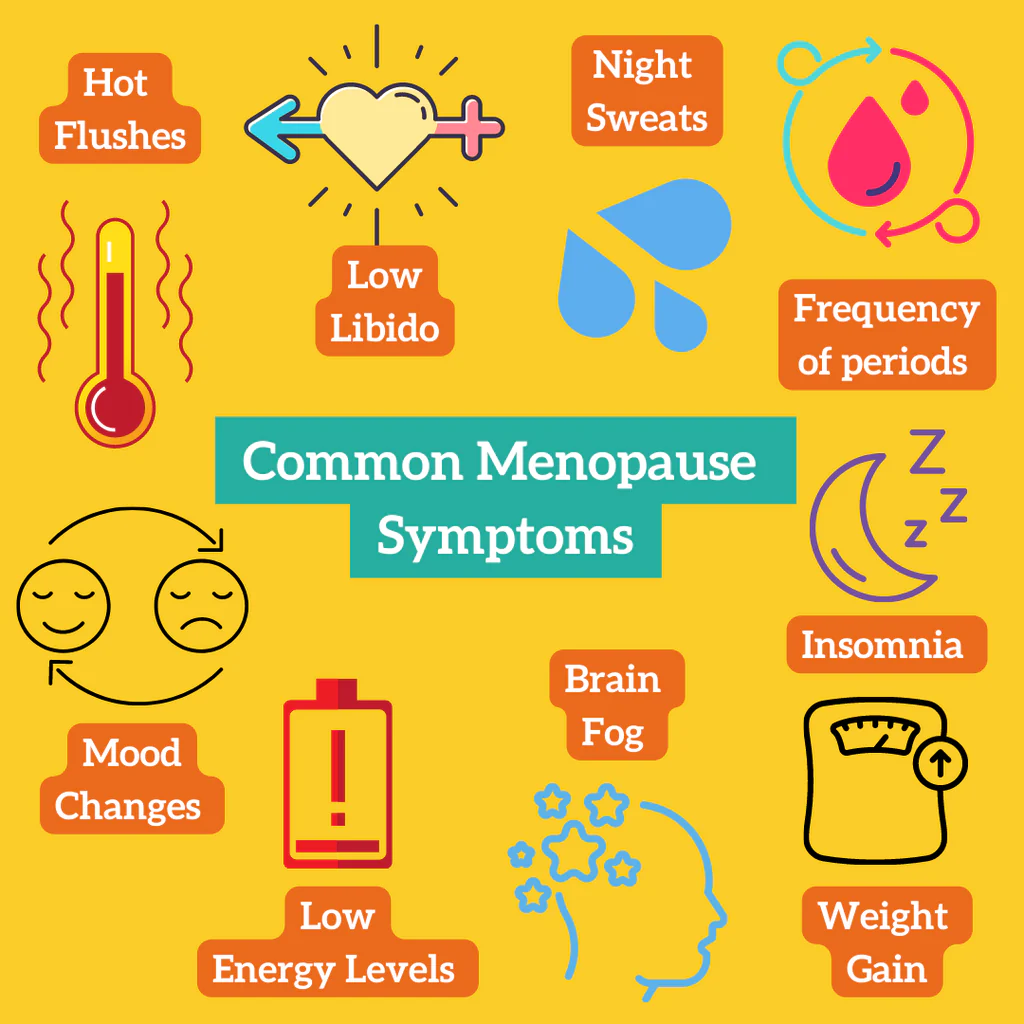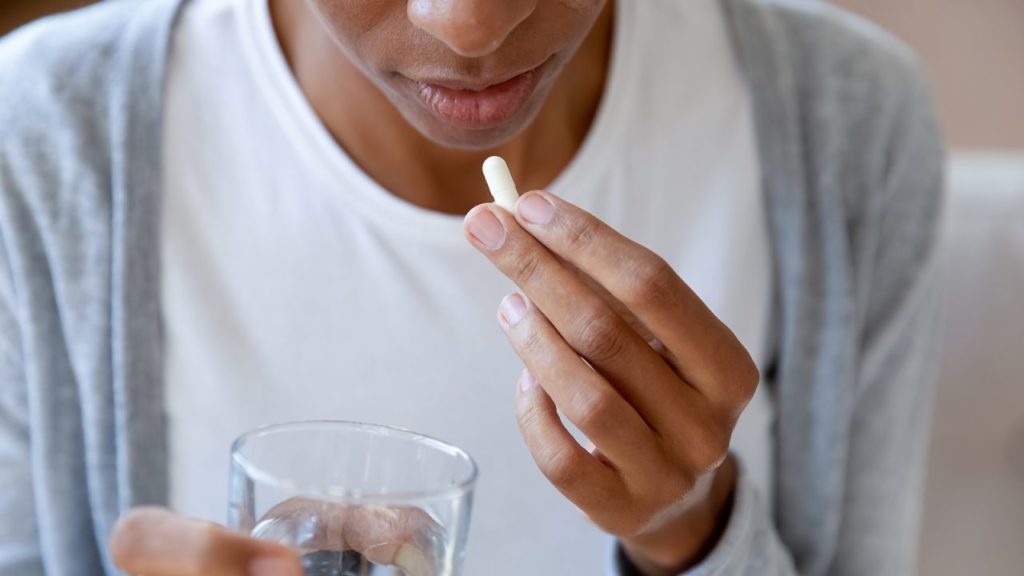Although there is still no definitive cause for Lipedema (or Lipoedema), there has been significant evidence to suggest that it is linked to hormonal changes in the body. For women this is puberty, taking the contraceptive pill, pregnancy and menopause. With this in mind, this blog will be the first in a 3 part series about Lipedema and hormones.
What is Lipedema?
Lipoedema is a long term, chronic condition of fat, fluid and connective tissue which builds up in your legs, hips, bum and sometimes arms. It affects both sides of the body equally unlike Lymphedema or cellulite.
It’s more common in women and only very rarely affects men. It’s not the same as obesity but is frequently misdiagnosed. The main difference is that Lipedema fat does not respond to diet and exercise. Lipedema also runs in families so it can be hereditary.
What is menopause?
Menopause marks the end of a woman’s menstrual cycle. It’s diagnosed after you’ve gone 12 months without a period. Menopause typically happens in your 40s or 50s, but occasionally can occur earlier or later.
Menopause is a natural biological and hormonal process and happens to all women. The physical symptoms, such as hot flushes, and emotional symptoms can disrupt sleep, lower energy levels or affect emotional health.

Lipedema and Menopause
As previously mentioned, Lipedema occurs predominantly in women and is noted to progress and/or be exacerbated during times of hormonal fluctuation such as puberty, pregnancy, and menopause. Even with the use of hormonal contraceptives, which is what I believe kick started my Lipedema onset at the age of 15.
The majority of affected women have already developed Lipedema by the time they reach menopause. However, in Lipoedema UK’s 2014 survey, 4% of the women taking part said their Lipoedema symptoms first appeared at this time (10 out of 250 women). Two more said their symptoms had first appeared following a hysterectomy.
Many women within the Lipedema community claim that their Lipedema symptoms worsened during menopause, however there is little concrete evidence to support this. It’s frustrating, the lack of awareness around this condition and its evolution through hormonal changes leaves us dreading what the future holds.
The best course of action to avoid the progression of Lipedema symptoms during periods of hormonal imbalance is to follow the conservative measures you already have in place. This may include following an anti-inflammatory or gluten free diet, wearing compression garments, using a vibration plate, MLD or manual lymphatic drainage massages and red light therapy.
What is Hormone Replacement Therapy (HRT)?
There are many effective treatments available for menopause, from lifestyle adjustments to hormone therapy (HRT). Hormone replacement therapy is a treatment to relieve the symptoms of menopause. It replaces hormones that are at a lower level as you approach the menopause. HRT relieves most menopausal symptoms such as:
- Hot flushes
- Night sweats
- Mood swings
- Vaginal dryness
- Reduced sex drive

Lipedema and HRT
The difficulty in knowing the effect of HRT on Lipedema sufferers is that there isn’t enough information regarding the level of oestrogen that triggers Lipedema from person to person.
If the Lipedema has developed as a result of taking HRT, it could be that the person is very sensitive to a certain type of oestrogen being used. So in this case, they could potentially swap to a different type, or decide to stop all together.
It is suggested that you avoid high dose Hormone Replacement Therapy after menopause. It is unclear what effect HRT has on Lipedema fat during this phase of life.
Disclaimer: My blogs talk about Lipedema, diet, surgery and much more. I’m talking from my point of view to help women, and remind them they are not alone. I am not a medical professional, so the content above is from my own perspective with research I have done into the topic. It’s not meant as medical advice, you should always consult your doctor or a specialist for both your diagnosis, and a treatment plan.
